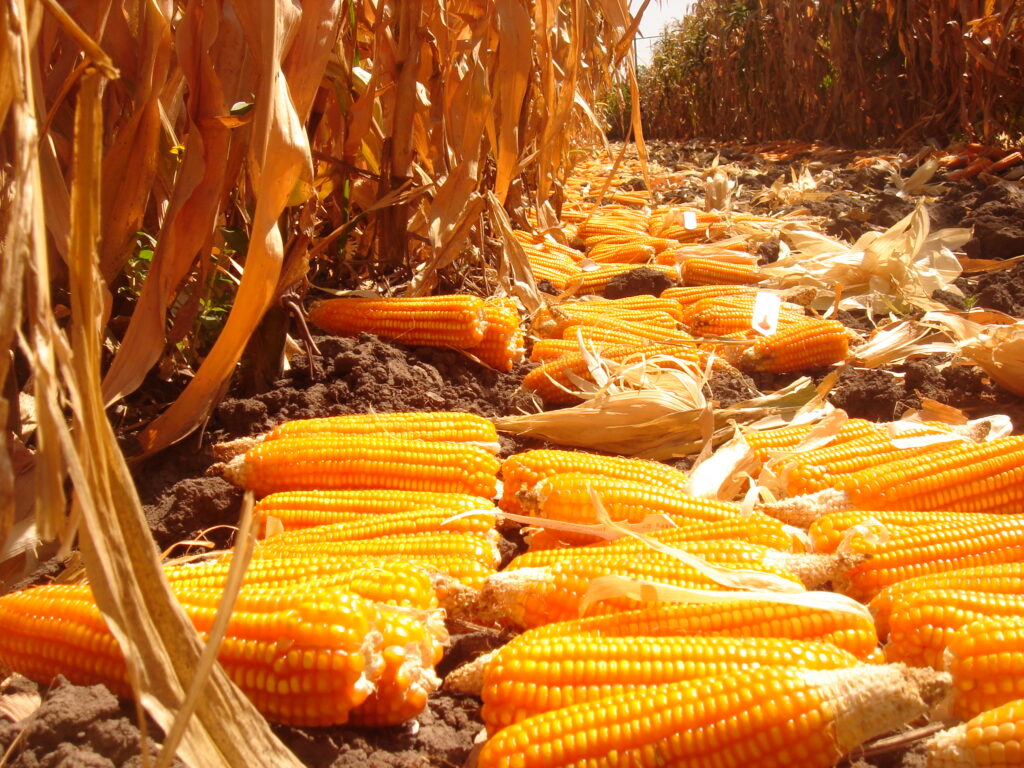A digital feature recently published by the BBC explores the potential of crop biofortification to address micronutrient deficiencies. Part of a multimedia series called Follow the Food, the piece and a corresponding video investigate how innovators are working to secure a sustainable food future.
More than two billion people in the world do not get enough essential vitamins and minerals in their daily diets. Those suffering from this invisible form of undernutrition are vulnerable to blindness, impaired physical and cognitive development, disease and even death.
“They can never live up to their full physical and mental potential,” said Wolfgang Pfeiffer, director of research and development at HarvestPlus, who was interviewed for the digital feature.
Biofortification is the enhancing of micronutrient content in staple crops. The crops have been bred carefully using conventional plant breeding methods so that regular consumption generates measurable improvement in nutritional status. The approach targets resource-poor families or rural communities relying on staple crops for much of their diet. Most biofortified varieties will provide more than 50 percent of a woman or child’s daily needs, depending on the nutrient and the amount of food consumed.
The process of breeding such nutritious crops requires addressing three questions:
- Can higher levels of a nutrient be bred into the crop without harming other desirable agronomic traits like yield?
- Can consumers absorb the extra nutrients—and does this improve their health?
- Are farmers and consumers willing to adopt the biofortified crop?
“By now we have more than 300 varieties of all those crops, released in more than 35 countries,” said Pfeiffer. “More than 50 million people are already consuming those crops.”
Studies have since shown that biofortification is an efficacious way to address micronutrient deficiencies. In Rwanda, for instance, daily consumption of iron beans reduced iron deficiency and increased cognition.
While HarvestPlus’ work in Asia and Africa focuses on a key staple crops, scientists in Latin America are biofortifying multiple crops to better reflect how consumers eat; they are also breeding crops that the food industry will find attractive for making ready-made foods, like zinc-biofortified maize to use for arepas.
As carbon dioxide levels increase, solutions like biofortification are likely to take on new importance—as crops’ nutritional content will decrease. To encourage farmer adoption, all biofortified crops have attractive agronomic properties, such as higher yield or tolerance to major pests, diseases, or drought. By sustainably developing such nutritious crops, scientists are getting at the root of the problem of micronutrient deficiency—and giving children around the world a better chance to reach their potential.
